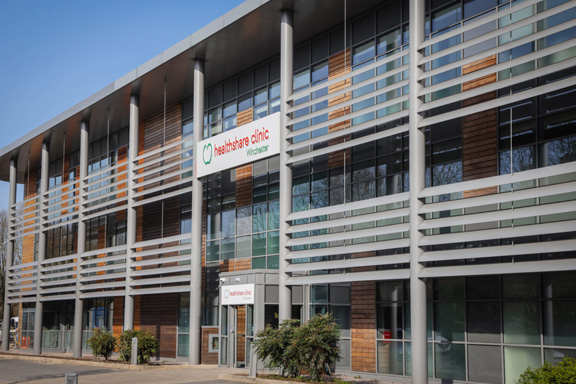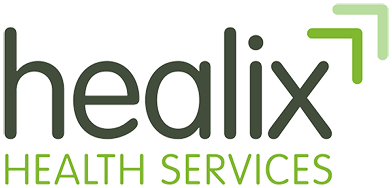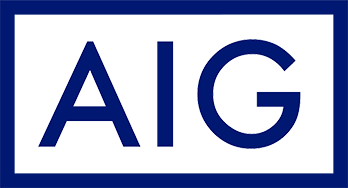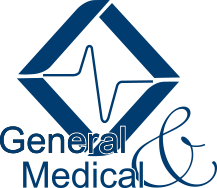Ocular Hypertension
When is glaucoma not glaucoma? When it is ocular hypertension.
Ocular hypertension (OHT) simply means a raised pressure within the eye, but that the eye is otherwise healthy. In glaucoma, there is usually high pressure as well as a damaged optic nerve and visual field loss. People with OHT are at increased risk of developing glaucoma, and it is very important for them to be monitored regularly.
What is meant by raised eye pressure?
In the general population, average eye pressure is about 16mm of mercury (mmHg). As with many health-related measures it is common to define normal using a statistical approach, so all measurements that are close to the mean (average) of a healthy population are considered to be normal. Statistically two standard deviations above that average will give an upper limit of normal of about 21mmHg and if the eye pressure is above this level it is considered high. We currently say that a person has ocular hypertension if the eye pressure is consistently above 21mmHg. This is obviously a statistical threshold and many people with high eye pressure will have healthy eyes.
However, the risk of developing glaucoma increases with rising eye pressure. Some people may have treatment to reduce the pressure to a more normal level even when they don’t have glaucoma, in order to prevent it developing.
The National Institute for Health and Care Excellence (NICE) recommend that treatment should be considered for anyone with eye pressure above 24mmHg
What creates pressure within the eye?
Intraocular pressure (IOP) is controlled by a watery fluid called aqueous humor which fills the front part of the eye. The purpose of the aqueous humor is to provide nutrients to the eye and to remove waste products. This fluid is made in the ciliary body (a ring of tissue behind the iris). The aqueous humor flows through the pupil and drains away through tiny drainage channels called the trabecular meshwork.
The drainage channels are situated in the anterior (front) part of the eye, between the cornea (the clear window at the front of the eye) and the iris. In a normal eye there is a balance between the production and the drainage of the aqueous humour, but in some eyes the drainage system does not work well, and the eye pressure rises.
Age
Ocular hypertension and glaucoma become much more common with increasing age so regular eye testing with a community optometrist from about the age of 40 is especially important. However it is advisable to have regular eye checks from an early age.
Family history of glaucoma
Any history of glaucoma in a close blood relative leads to an increased risk of developing glaucoma.
Myopia
Very short sightedness (high myopia) is a risk factor for glaucoma.
Thin cornea
If the cornea (clear outer layer at the front of the eye) is thin your eyes have an increased risk of developing glaucoma. The corneal thickness can be easily measured in the eye clinic with an ultrasonic device. It is also important to measure the corneal thickness because a thick cornea can lead to the eye pressure being overestimated, whereas a thin cornea may lead to eye pressure being underestimated.
Treatment
Not everyone with ocular hypertension needs treatment, but if the risk of development of glaucoma is deemed significant (for example if the eye pressure is very high), we, at the Hampshire Eye Clinic can help guide and decide you to make the most appropriate treatment option.
If this is the case, the most usual type of treatment is eye drops to control the pressure within the eye. These are the same drops that are used to control glaucoma, and they work by either reducing the amount of aqueous humour being produced by the ciliary body or increasing the rate of drainage. You will probably need to use the drops daily and long-term.
Another treatment option for OHT is to use a laser to treat the drainage area and improve the outflow, called Selective Laser Trabeculoplasty (SLT).
For the vast majority, ocular hypertension won’t lead to any deterioration in vision. A small proportion of people may develop glaucoma but the glaucoma will typically be mild and will not cause severe vision loss. It is very rare for people with ocular hypertension who follow the recommended treatment to develop severe visual loss.
If you have been diagnosed with ocular hypertension and receive the appropriate level of monitoring, then any early signs of glaucoma will be detected at a stage when little damage to the field of vision has occurred. At the point at which ocular hypertension develops into glaucoma, there are several effective treatments available.
It would therefore still be reasonable to expect to retain good sight for life, although the treatment and monitoring regime will inevitably change.
Quality care in a relaxing surrounding
Book an appointment to see Mr Nish Srikantha at the Candover clinic in Basingstoke, or the Healthshare Clinic in Winchester.
Both locations are modern purpose built private hospitals designed entirely for patient well-being and comfort. The Candover Clinic is a stand-alone unit located on the Basingstoke and North Hampshire Hospital. The Healthshare Clinic on the outskirts of Winchester boasts a purpose built ophthalmic outpatients department and operating theatre offering the latest diagnostic and treatment technologies.













